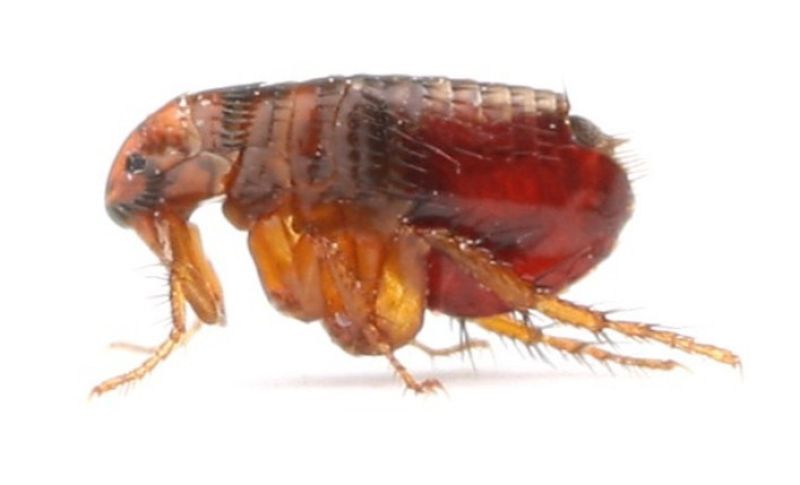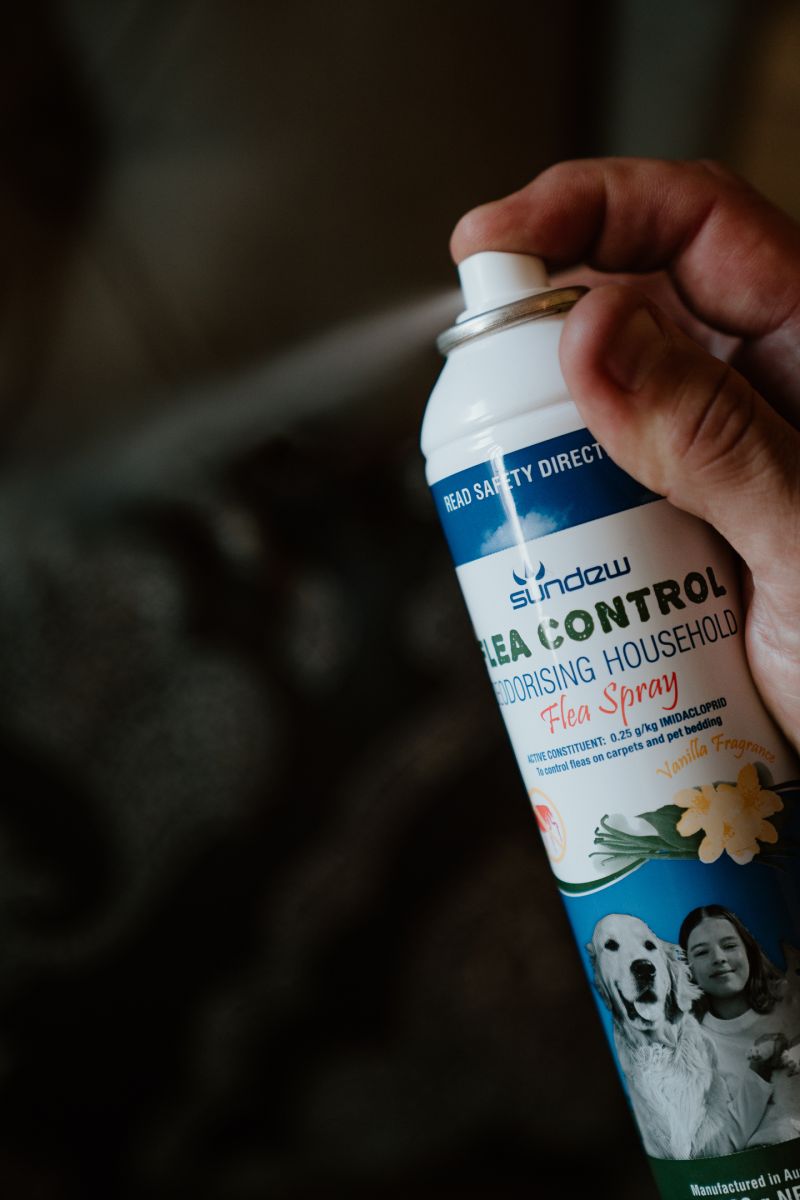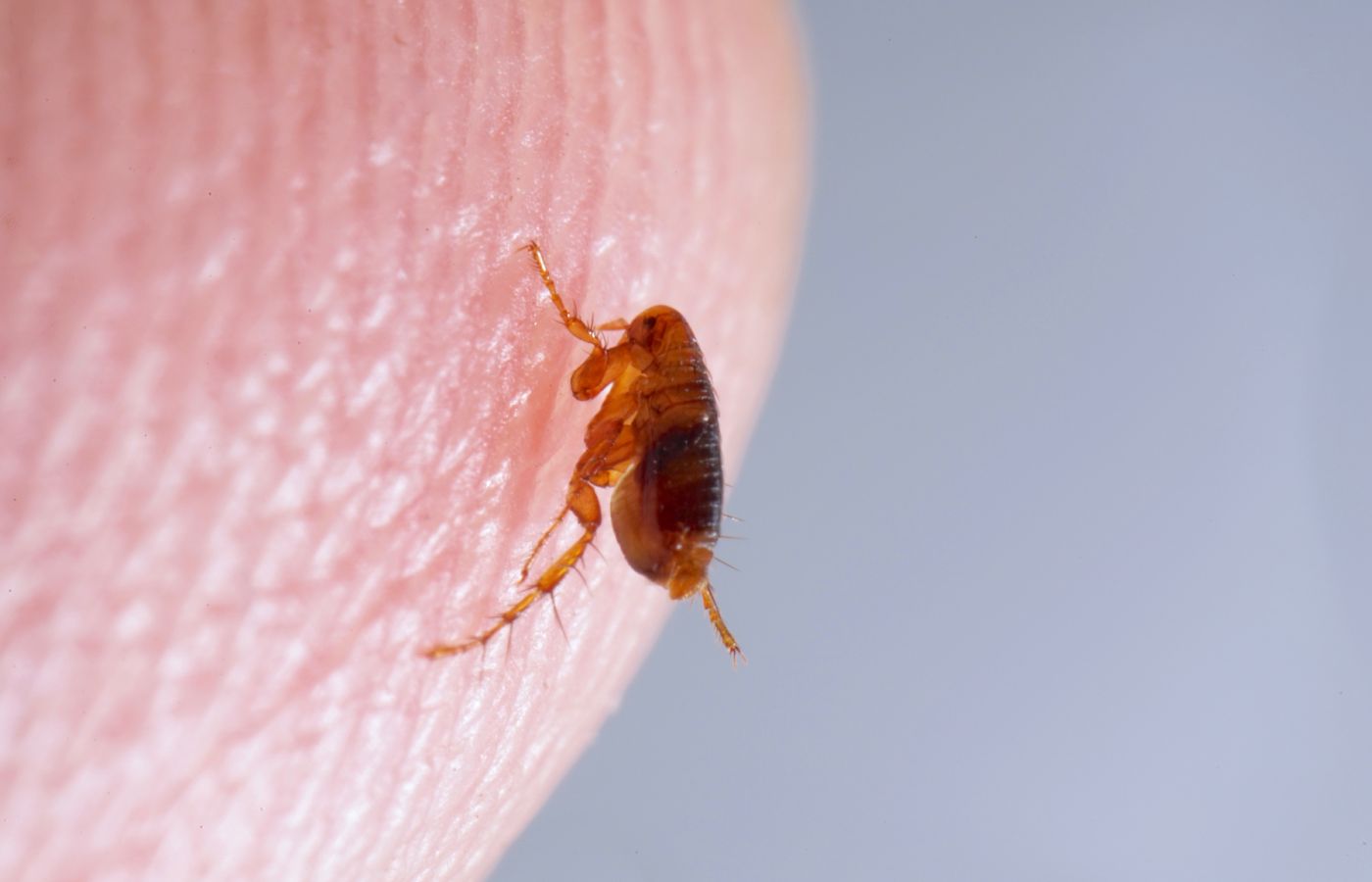
Our Professional Flea Treatment
Successful flea treatments involve a comprehensive treatment inside and outside your home, paying particular attention to the areas the pets rest.
Due to the nature of the flea life-cycle, our flea program involves two treatments, two weeks apart.
- Inside areas treated: Carpets, rugs, flooring and curtains, furniture and bedding, pet sleeping areas and sub-floors areas that pets may access
- Outside areas treated: Pet resting areas, lawns, garden beds, outdoor furniture, and pergolas
- Products used: Combination sprays to key areas and the use of dusts to areas unsuitable for spraying
Our flea treatments are safe for use around humans and pets. However, it is important for treated areas to dry before people and pets can re-enter the home and yard.
All our customers get a free flea information leaflet to provide additional treatment information and tips on how to keep your home flea free.
If you want to rid your home from fleas quickly and safely, give Spiderman SE a call.
Contact us to solve your flea problem.

How Our Flea Treatments Work
Our spray and dust treatments are both combination products consisting of an insecticide to kill the adult fleas/larvae and a special chemical called an insecticide growth regulator (IGR) to prevent eggs hatching, breaking the breeding cycle.
Two Treatments - The Spiderman SE Difference!
Flea larvae develop into adult fleas inside a hard pupa. These pupae cannot be penetrated by the insecticide and so any pupa around at the time of the treatment are likely to survive and hatch within the next two weeks. Although the emerging adults are normally killed by the insecticide remaining in the carpet, we always come back for a second treatment after 10-14 days, just to make sure.
How Can You Help?
Before the flea treatment
- Make sure your pet’s flea treatment is up to date
- Thoroughly vacuum the day before we arrive, including under all furniture, around the edges of rooms and in between floorboards. Place the vacuumed material in a sealed bag in the rubbish
- Mop all hard surfaces
- Wash in hot water or throw out your pet’s bedding
Between treatments
- Vacuum all rooms and hard surfaces regularly. Don’t forget to dispose of vacuumed material in a sealed bag
- Don’t mop hard surfaces as this will remove the insecticide
- Regular vacuuming after a treatment will also be beneficial

If you’re a pet owner, the best way to prevent a flea problem is to keep your pets’ flea treatments up to date. A few other tips that will help…
- Regularly vacuuming floors and areas where pets rest or sleep.
- Laundering animal bedding in hot, soapy water
- Restrict your dog or cat's access to any sub-floor areas, particularly during the humid summer months
- Be aware that if your dog or cat regularly play with stray dogs or cats, the transfer of flea eggs is virtually certain during the hot humid months of the year

